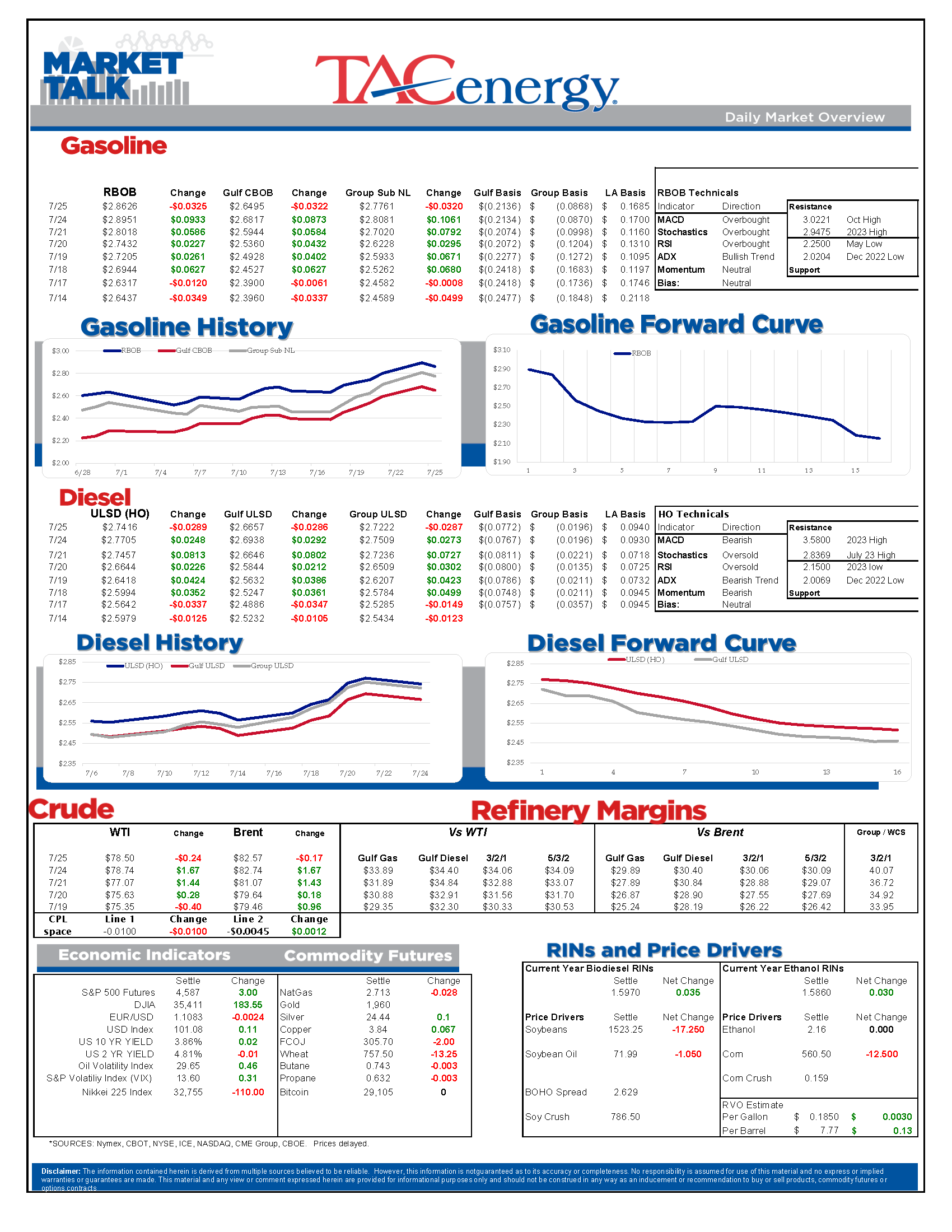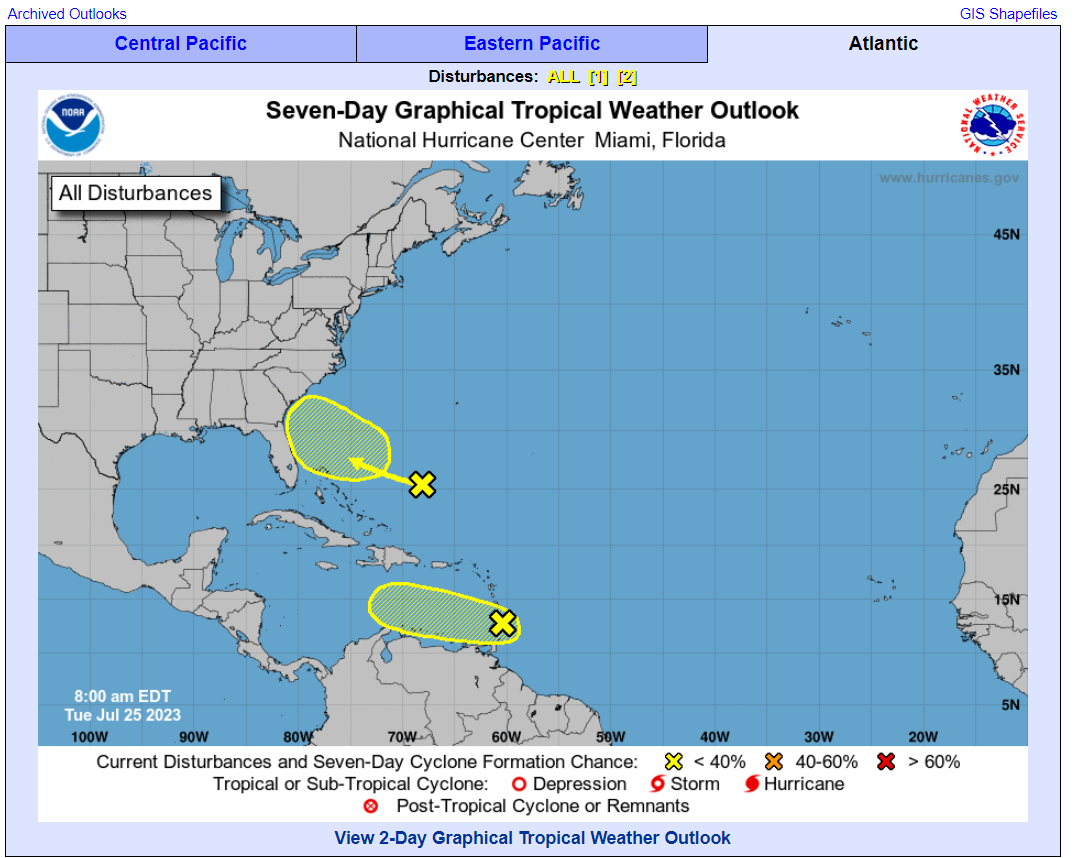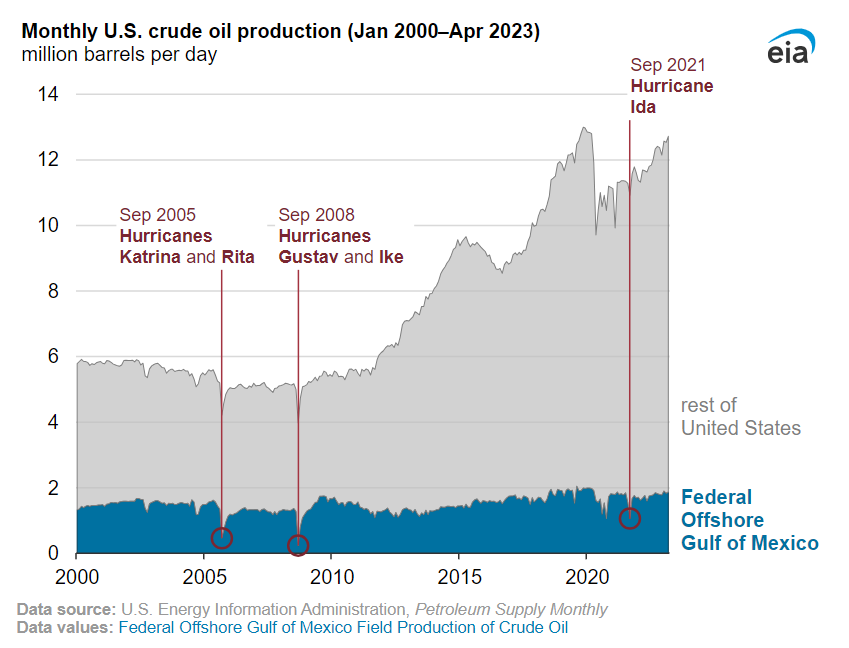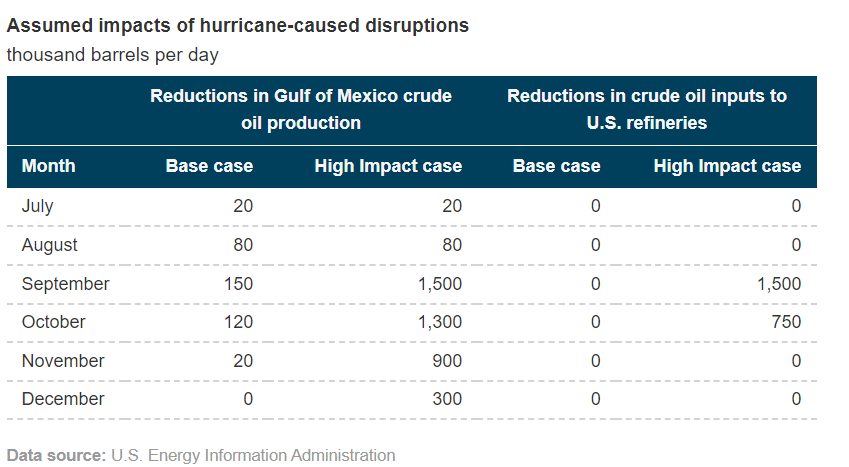Gasoline Futures Hit 9-Month Highs, WTI Eyes $80

Refinery upsets and optimistic equity markets sent gasoline prices soaring Monday, while ULSD and WTI had a much more tempered outlook. RBOB gasoline futures surged by more than 12 cents to touch a new 9 month high before giving back more than half of those gains since topping out early yesterday afternoon. While WTI was left in gasoline’s wake yesterday, it did manage to settle above its 200 day moving average which leaves the door open to a push north of $80 in the near term.
A reported FCC shutdown at Exxon Baton Rouge set to last weeks, which could erase more than a million barrels of gasoline output, took much of the credit for gasoline prices far outpacing the rest of the complex Monday. In addition, Marathon’s Texas City (aka Galveston Bay) facility had yet another upset over the weekend, marking at least a half dozen events since a fatal fire 2 months ago.
Despite the big moves in futures, physical traders seemed unimpressed with USGC basis values little changed on the day. West Coast basis values on the other hand rallied after the roll to August pipeline cycles, pushing cash gasoline prices up by more than 16 cents on the day following yet another reported upset at an LA-area refinery.
The EIA published its annual refinery capacity report Friday, noting the first increase in US refining capability since 2019, even though the report still does not include Exxon’s 250mb/day expansion in Beaumont or smaller additions from Valero Pt Arthur or Marathon Galveston Bay that occurred this year. The increase in the past year was all due to PBF Paulsboro bringing shuttered units back online in 2022 as East Coast refiners went from worst to first due to the fallout from the Russian invasion of Ukraine. Good news for those who don’t enjoy reading, the EIA is now publishing these notes on YouTube, despite the ongoing writers’ strike.
After the Atlantic’s first hurricane of the season came and went over open water this past week, the NHC is tracking 2 more potential storm systems. One is targeting the east coast of Florida, Georgia and South Carolina while the other makes its way into Caribbean, but both are given just 20% odds of developing over the next 7 days.
An EIA note last week took a closer look at the impact on tropical systems on Gulf Coast oil production and refining, forecasting a peak impact of a storm shutting in 80% of GOM oil output, and taking 8% of the country’s refining output offline for a month. This Reuters note details how refinery issues not caused by hurricanes have kept diesel inventories across the US low (outside of the West Coast where Renewable Diesel inventories don’t show up in official numbers yet) and making the system more susceptible to a price shock should a storm hit.
Pretty much everyone Is betting the FED will raise their target interest rate by 25 points tomorrow, with the CME’s Fedwatch tool showing a 99% probability of that outcome, while 1% thinks the FED may raise by 50 points. It’s worth noting that a month ago 28% of bets were placed on the FED holding rates steady at this meeting, and yet equities have rallied in the face of tighter monetary policy, in another sign of shifting expectations from economists that tend to predict 5 out of every 2 recessions.
Click here to download a PDF of today's TACenergy Market Talk.
News & Views
View All
Energy Prices Found A Temporary Floor After Hitting New Multi-Month Lows Wednesday
Energy prices found a temporary floor after hitting new multi-month lows Wednesday morning as a rally to record highs in US equity markets and a modestly bullish DOE report both seemed to encourage buyers to step back into the ring.
RBOB and ULSD futures both bounced more than 6 cents off of their morning lows, following a CPI report that eased inflation fears and boosted hopes for the stock market’s obsession of the FED cutting interest rates. Even though the correlation between energy prices and equities and currencies has been weak lately, the spillover effect on the bidding was clear from the timing of the moves Wednesday.
The DOE’s weekly report seemed to add to the optimism seen in equity markets as healthy increases in the government’s demand estimates kept product inventories from building despite increased refinery runs.
PADD 3 diesel stocks dropped after large increases in each of the past 3 weeks pushed inventories from the low end of their seasonal range to average levels. PADD 2 inventories remain well above average which helps explain the slump in mid-continent basis values over the past week. Diesel demand showed a nice recovery on the week and would actually be above the 5 year average if the 5% or so of US consumption that’s transitioned to RD was included in these figures.
Gasoline inventories are following typical seasonal patterns except on the West Coast where a surge in imports helped inventories recover for a 3rd straight week following April’s big basis rally.
Refiners for the most part are also following the seasonal script, ramping up output as we approach the peak driving demand season which unofficially kicks off in 10 days. PADD 2 refiners didn’t seem to be learning any lessons from last year’s basis collapse and rapidly increased run rates last week, which is another contributor to the weakness in midwestern cash markets. One difference this year for PADD 2 refiners is the new Transmountain pipeline system has eroded some of their buying advantage for Canadian crude grades, although those spreads so far haven’t shrunk as much as some had feared.
Meanwhile, wildfires are threatening Canada’s largest oil sands hub Ft. McMurray Alberta, and more than 6,000 people have been forced to evacuate the area. So far no production disruptions have been reported, but you may recall that fires in this region shut in more than 1 million barrels/day of production in 2016, which helped oil prices recover from their slump below $30/barrel.
California’s Air Resources Board announced it was indefinitely delaying its latest California Carbon Allowance (CCA) auction – in the middle of the auction - due to technical difficulties, with no word yet from the agency when bidders’ security payments will be returned, which is pretty much a nice microcosm for the entire Cap & Trade program those credits enable.

Week 19 - US DOE Inventory Recap

Another Wave Of Selling Pushed Energy Futures To Fresh Multi-Month Lows On Tuesday
The search for a bottom continues after another wave of selling pushed energy futures to fresh multi-month lows on Tuesday. While most of the futures complex remains on the edge of a technical breakdown, we still haven’t seen the snowball effect of selling that signals the bulls (or more likely their trading algorithms) have finally thrown in the towel.
The most important technical test of the day comes from the RBOB futures contract that managed a modest bounce off of its 200-day moving average Tuesday, and could make a case for a recovery rally if it’s able to sustain a move higher from here. If that layer of support breaks however, there’s not much on the charts to prevent another 20 cents of losses.
We’re seeing a bit of the opposite reaction this morning to the May CPI report that came in just below expectations than we did yesterday when the PPI report showed inflation was still running hot. Both refined products added a penny in the first few minutes following the report, tagging along with a bounce in US equity futures. The annual inflation rate from the CPI came in at 3.4%, which is still well above the FED’s target of 2%, but the monthly rate of .3% was slightly lower than many estimates around .4%. Both the PPI and CPI reports showed the spring rally in fuel prices leading the tick up in inflation, which give us good reason to believe we’ll see lower numbers in June now that both gasoline and diesel futures have dropped 40 cents from their April highs.
ULSD futures hit their lowest level since July 5th of last year, which was just before the contract rallied more than $1/gallon in the next two months. Physical traders are also acting bearish on diesel contracts with more heavy selling in the LA and Group 3 markets which dropped to 14 cent discounts to futures Tuesday, but were left in the dust by Chicago values that collapsed to a 30 cent discount.
The latest crash in Chicago diesel basis combined with futures trading near a 10 month low pushed cash prices to the lowest level we’ve seen since December 2021, offering a seasonally unusual opportunity for those that are still waiting to lock in their fuel price for the next year.
The diesel overhang is also witnessed in the ongoing collapse in California LCFS credit values which reached an 8 year low Tuesday at $45/MT yesterday, down from $140/MT just over 2 years ago. The drop in LCFS values combined with last year’s collapse in RINs and the upcoming change to the blender’s tax credit has already caused the closure of a few biodiesel plants, a re-conversion of a refinery back to traditional fuels, and then Tuesday the world’s largest RD producer issued a profit warning due to a continued decrease in both diesel prices, and the subsidies for renewables. For those that lived through the early days of the ethanol industry that included multiple cycles of bankruptcies and frequent regulation changes wreaking havoc, this cycle on the diesel side of the barrel feels oddly similar.
The IEA continues to bang a bearish drum to try and counteract OPEC’s bullishness in their monthly reports, citing weak demand in Europe as a driver of OECD nations moving into fuel consumption contraction in the first quarter of 2024. The tax-payer funded agency also acknowledged the drop in refinery margins in April as the distillate glut continues across much of the world, while also noting that refinery run rates are set to increase further in the back half of the year. The report also noted that even if OPEC & Friends (now Rebranded as DoC) maintain their output cuts through 2025, growth in output from the US, Guyana, Canada and Brazil will be enough to keep world supply outpacing demand.
RIN prices got a quick bounce this week after a Federal Court denied a refinery suit against the EPA’s RFS rules for 2020-2022, but already gave back those gains yesterday, with D4 and D6 values holding around the $.45/RIN mark, down slightly from this time last year when they were worth about $1.50.
Click here to download a PDF of today's TACenergy Market Talk.





